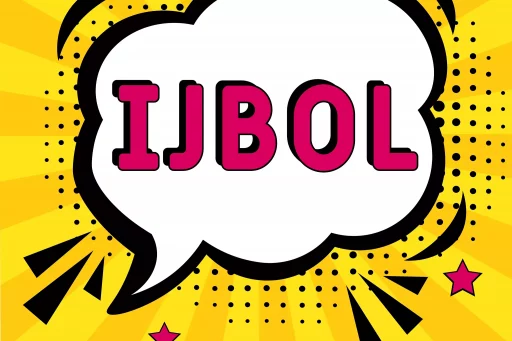Introduction to Sharking
Sharking is one of those terms that has emerged in the vibrant world of urban slang, particularly on platforms like the Urban Dictionary. Defined broadly, sharking refers to the act of flirting or making advances on someone, typically in a social setting, with the intent to impress or ‘catch’ them as if one were fishing for compliments or attention. The term has gained traction, especially among younger generations seeking to articulate the nuances of modern romantic pursuits.
The Origin of Sharking
While the exact origin of the term ‘sharking’ is difficult to pin down, it likely stems from various social and dating trends that have popularized the idea of hunting for romantic connections in nightlife scenarios. In essence, it encapsulates the playful yet competitive nature of trying to attract someone in a crowded environment, akin to a shark circling its prey.
Understanding Sharking through Urban Dictionary
The Urban Dictionary serves as a linguistic time capsule and cultural mirror, capturing the evolving language and behavior of society. Although definitions can vary, sharking often emphasizes:
- A playful demeanor that doesn’t take romance too seriously.
- The idea of being both predatory and vulnerable in romantic interactions.
- Engaging in flirtation as a social sport among peers.
Examples of Sharking
To better understand sharking, here are a few scenarios that depict how this term might manifest in everyday interactions:
- Scenario 1: At a bustling bar, a group of friends decides to engage in sharking by competing to see who can attract the most attention from members of the opposite sex. Each member displays their best flirting techniques, from witty banter to dance moves.
- Scenario 2: On a dating app, someone might engage in sharking by sending playful and teasing messages to differendiating themselves from typical approaches others use, aiming to make a memorable impression.
- Scenario 3: During a house party, an individual may casually flirt with a friend’s acquaintance, turning it into a light-hearted ‘game’ by subtly testing the waters until they feel a connection.
Case Studies of Sharking in Popular Culture
Sharking has influenced and been portrayed in various forms of media, including films and online content. For example:
- Film Example: In romantic comedies, characters often participate in sharking as they navigate the complexities of love in humorous settings. Their exaggerated flirting techniques can serve as both entertainment and a portrayal of real-life social dynamics.
- Social Media Influence: Platforms like TikTok and Instagram are rife with influencers who discuss or demonstrate sharking behaviors, making it a part of their content strategy.
Statistics on Dating and Sharking
As the dating landscape continues to evolve, so do the methods and behaviors associated with flirting and romantic pursuits. According to recent surveys:
- Approximately 70% of young adults between the ages of 18-24 report engaging in flirtation as a casual activity, often in social gatherings.
- Over 60% of singles involved in online dating use playful or humorous messages that align with sharking principles.
- About 50% of individuals polled expressed interest in improvement tips for their flirting skills, indicating an ongoing desire to master the art of sharking.
Conclusion: The Future of Sharking
As cultures continue to change and social dynamics shift, terms like sharking will likely evolve. The playful, competitive nature of modern flirting embodies the spirit of youthful exploration and social interaction. Understanding terms like sharking not only helps navigate contemporary dating but also opens doors to a broader conversation about romance in the digital age.


